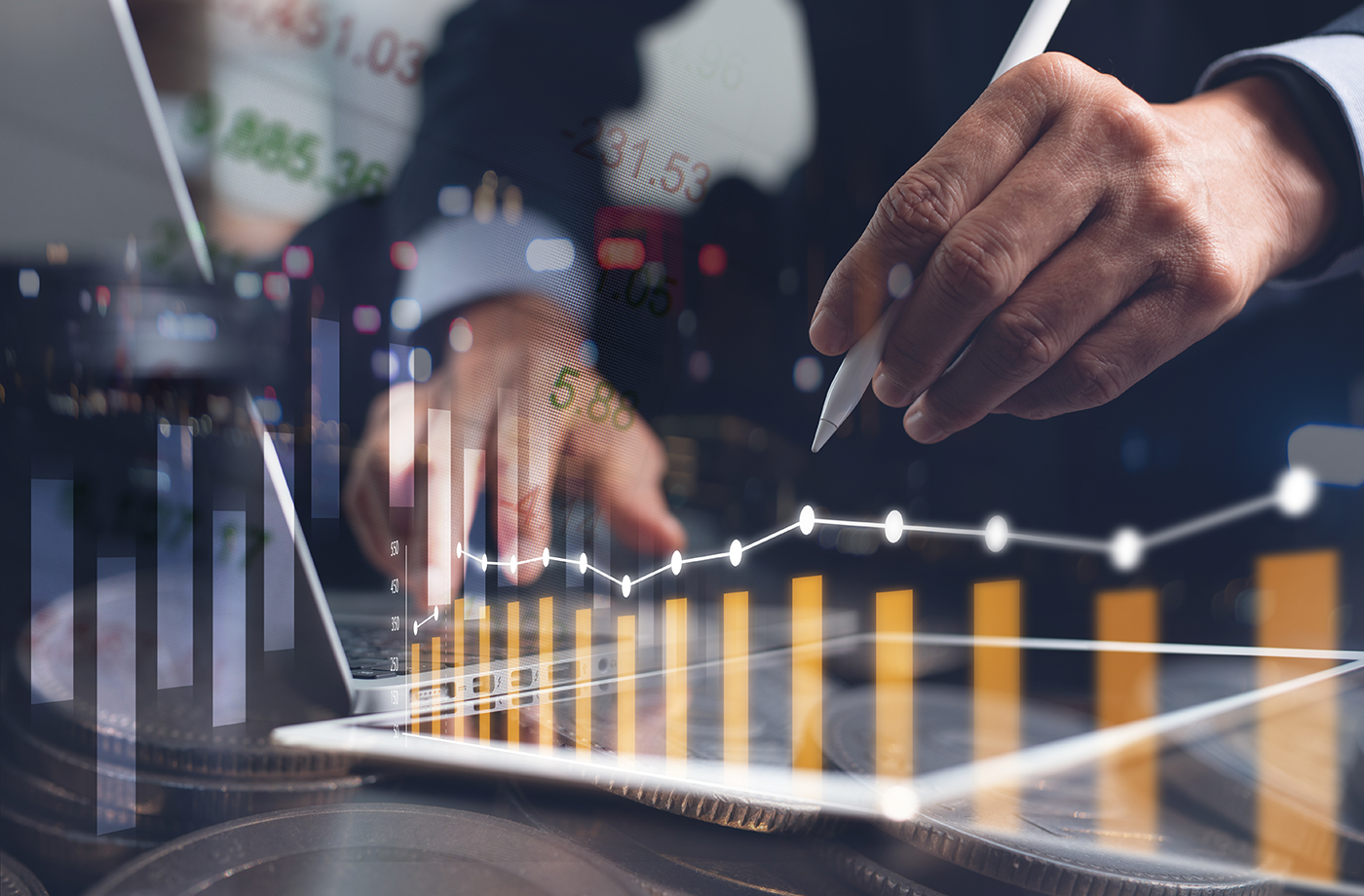The world is facing its most severe economic crisis since the Great Depression of the 1930s. Key challenges include rising inflation, slowing growth, geopolitical tensions, and the fear of a global recession. Many times, when such facts are presented, they do not elicit the expected response from people. So, what exactly does this mean, what happened, and what were the consequences of the Great Depression?
The unemployment rate in the US reached 25%, and in Germany, it was 30%, leaving millions without jobs and income. Poverty drastically increased. The prices of agricultural products plummeted by 60%, leaving farmers without income and forcing many to sell their land. The USSR was also affected due to a drop in grain exports. Real estate values dropped by 80% compared to the pre-crisis period. Millions were left homeless due to evictions. Thousands of banks went bankrupt due to deposit withdrawals and an inability to collect loans. The stock markets experienced the historic crash of 1929. Many members of the middle class became impoverished due to wage cuts, loss of savings, and an inability to find jobs. The crisis severely impacted poor countries, especially Latin America, which relied on commodity exports.
The general decline in production, investment, consumption, and international trade led to social unrest and the strengthening of political extremism in the form of fascism and communism. The consequences even led to the outbreak of World War II. The Great Depression remains the most protracted, profound, and damaging economic crisis of the modern era.
And what is happening today? Inflation is currently at its highest levels in most countries in the last 40 years. According to World Bank data, the average global inflation rate reached nearly 10% in July 2022. In the US alone, inflation is over 9%, and in EU countries, it goes double digits, from 10% to 15%. Not to mention the inflationary trends in Venezuela (9,585%), Sudan (107%), Argentina (83%), and Turkey (85%).
The main culprits are supply disruptions caused by the pandemic and spikes in food and energy prices due to the war in Ukraine. As Nobel laureate Joseph Stiglitz puts it, "The world is facing its worst energy crisis since the 1970s." He maintains a rather pessimistic view of the global economic outlook, warning against counterproductive actions by central banks.
In parallel with high inflation, global economies are entering a phase of slowing GDP growth. According to the IMF, the projection for global growth in 2023 has been reduced to just 2.7%. The EU anticipates growth in the eurozone from 0.5% to 1% in the coming year. This creates the risk of "stagflation," high inflation and economic stagnation.
As economist Roger Farmer argues, "the combination of stagflation and geopolitical crises is the worst possible macroeconomic environment."
To clarify Farmer's statement, stagflation involves simultaneous high inflation and low economic growth. These two phenomena are complex to coexist, and it's very challenging to find a monetary policy that can simultaneously curb inflation and stimulate growth.
Measures to combat inflation (raising interest rates, reducing the money supply) lead to slower growth, while measures to stimulate growth (increased spending, money printing) lead to inflation. Central banks and governments have limited room to stabilize the economy in the face of simultaneous supply-side shocks (geopolitical conflicts) and demand-side shocks (high inflation). Combining these two factors increases uncertainty and pessimism among consumers and investors, further hindering the recovery.
Therefore, this situation is considered an "economic perfect storm" that is extremely difficult to control and stabilize. Efforts are being made to overcome both problems to avoid long-term economic decline.
The critical question for central banks is how to manage monetary policy. Raising interest rates is necessary to curb inflation, but it further slows an already weak growth. Authorities must balance fighting inflation and the risk of significant harm to growth and employment.
Geopolitical tensions are also worsening the economic situation. The war in Ukraine continues to disrupt the supply of food and energy, while the rivalry between China and the West is leading the world into the most significant geopolitical uncertainty since the pre-World War II era.
Currently, the rivalry between China and the West is reflected in several key points and seems to be taking on the outlines of a new Cold War, but without the absurd scenes and humorous twists like those in the 1984 movie "Top Secret" with Val Kilmer.
The US and China have been in a trade war since 2018, with both sides imposing high tariffs. The dispute over tariffs remains unresolved. The US is attempting to limit China's access to technology due to fears of intellectual property theft. China is increasingly projecting its power in Asia, Africa, and Latin America through initiatives like the Belt and Road. The West sees this as expansionism. China is rapidly modernizing and increasing its military capabilities. China promotes its authoritarian model of governance as superior to democracy. The West sees this as a threat to its values. The West criticizes China for human rights abuses against Uighurs, Tibetans, and Hong Kong. China dismisses this as interference in its internal affairs. In short, China is slowly but surely building its sphere of influence, leading to more pronounced divisions worldwide. The rise in tensions is inevitable.
All of this again leads to many economic experts predicting a global recession by the end of 2023. According to an NABE survey, 98% of economists expect a recession in the US next year.
In Europe, many also anticipate a decline in economic activity. "There is a real danger that we will enter a global recession for the first time since the 1930s," warns Nouriel Roubini.
Nouriel Roubini, better known as "Dr. Doom" for his accurate predictions of the 2008 financial crisis, with his most famous and frequently quoted statement: "I'm not a pessimist, I'm a realist. I'm Dr. Doom because I predict doom. Recession is coming; it will be long and ugly." He made this statement in August 2006 at a meeting of the International Monetary Fund. At the time, he was one of the few economists warning of the overheated real estate market and predicting an inevitable collapse. His precise forecast earned him the status of one of the world's most respected economists. Even today, his "doom" statement is often cited as an example of an accurate warning about the upcoming economic crisis that no one wanted to hear.
However, today, he represents an optimistic view, believing that inflation has peaked and that the financial sector is healthier and more resilient to crises than before, with a relatively quick resolution of the conflict between Ukraine and Russia.
Is all of this enough to consider possibilities and anticipate potential developments?
A crisis can stimulate investments in new technologies and innovations that increase productivity and competitiveness. For example, the 2008 crisis accelerated digitization, online business, and telecommunications. Countries that implement structural reforms more quickly can increase their attractiveness for investments after a crisis and achieve a faster recovery.
Companies that survive and thrive during a crisis can gain more market share and a better position after the crisis when the competition weakens. Industries such as pharmaceuticals, the IT sector, and online commerce can continue to grow even during a crisis because their products still have demand.
Countries rich in commodities whose prices rise during a crisis (oil, gas, precious metals) experience an influx of revenue. A crisis can encourage the strengthening of regional economic cooperation and local supply chains for greater resilience.
Of course, this requires readiness to seize new opportunities instead of passively waiting for recovery. Countries and companies that are agile and innovative can emerge stronger from a crisis.
What does this mean for a small company? What steps should be taken while waiting for an opportunity?
Implement digitalization of internal processes wherever possible, automate administration, aim for a paperless office, and conduct online meetings. Analyze supply chains and identify critical points, consider shifting to local suppliers where feasible.
Train employees in using new technologies crucial for business - data analytics, artificial intelligence, digital marketing. Invest in training employees to use AI tools - build internal capacity to make the most of technology. Foster internal innovations and encourage employees to suggest ideas for business improvement. If possible, transition towards greener, more sustainable products and services. Build financial reserves through savings, loan refinancing, securing lines of liquidity, and seeking alternative forms of financing that are not traditionally banking-based.
Strengthen relationships with customers and clients and work on loyalty and retention during the crisis. Optimize costs while preserving key personnel and resources. Prepare plans for rapid change and adaptation during the economic recovery.
Consider unpredictable events ("black swans") that can change the course of things, and don't rely solely on analysts' forecasts – they often miss the mark. Observe leading indicators for various economic sectors, not just GDP, and be prepared to seize your opportunity.


